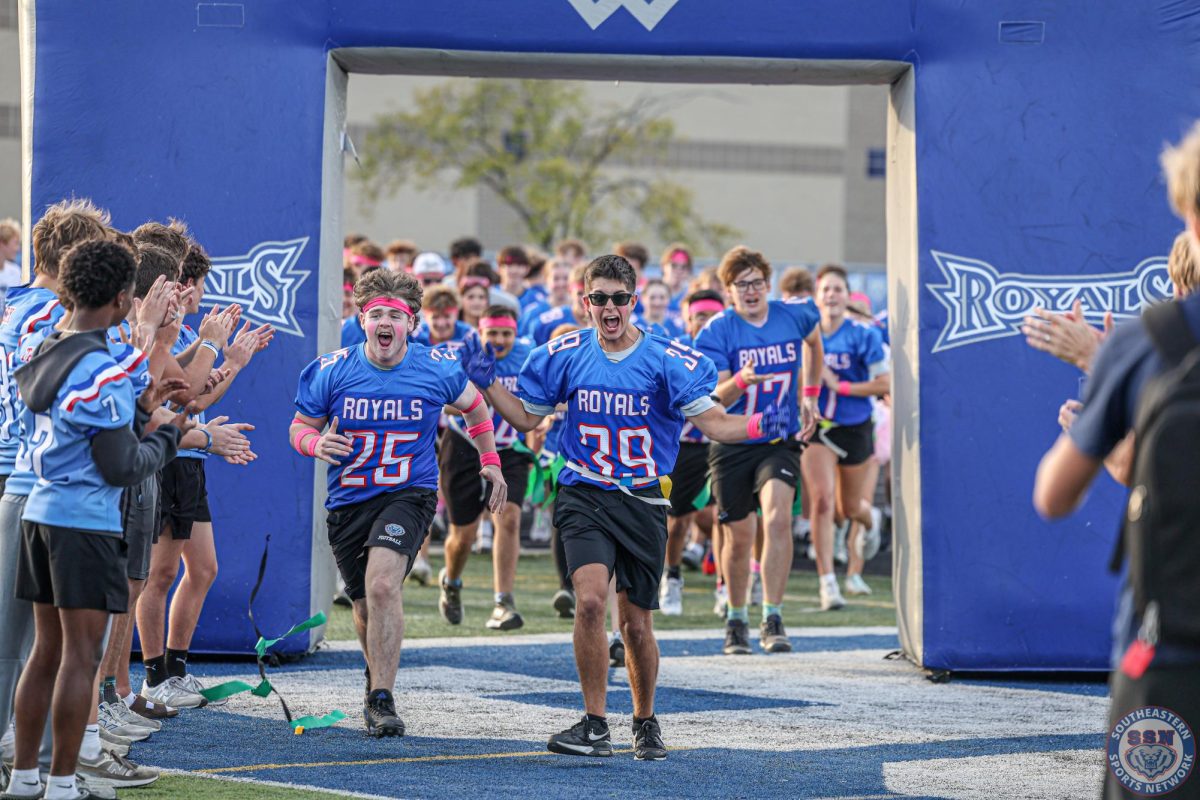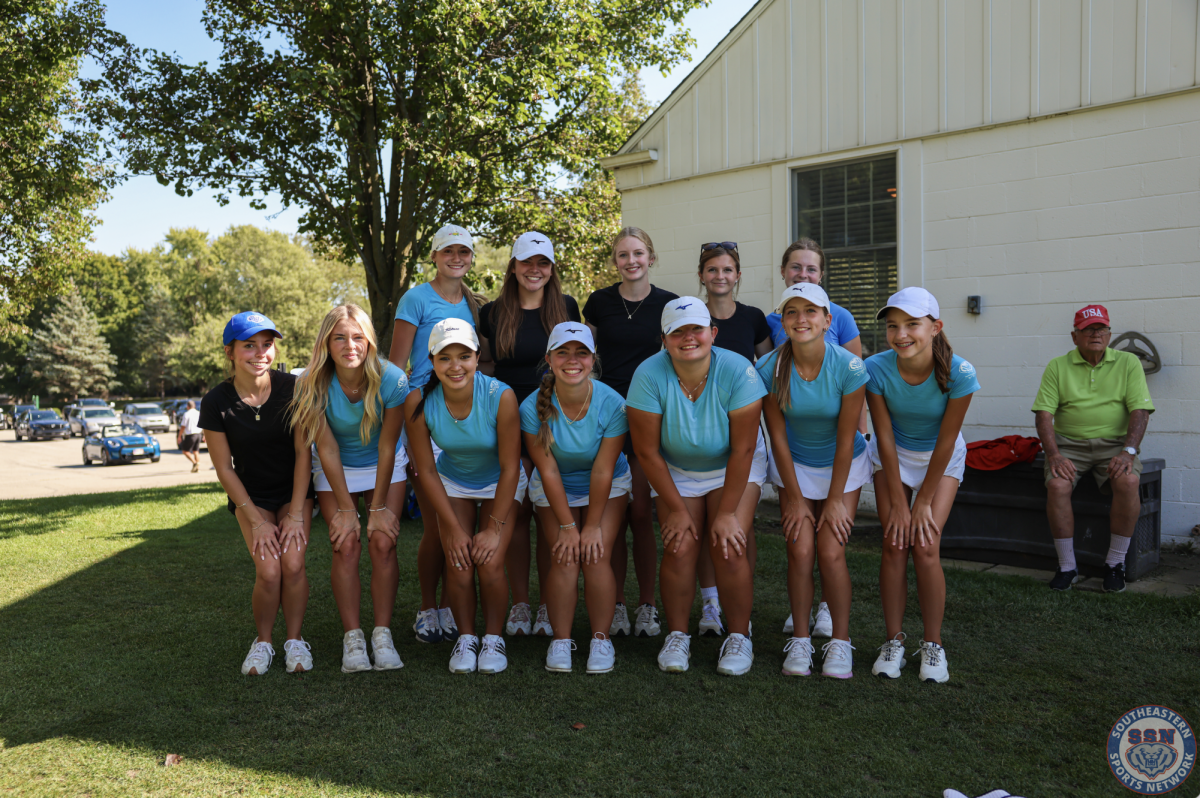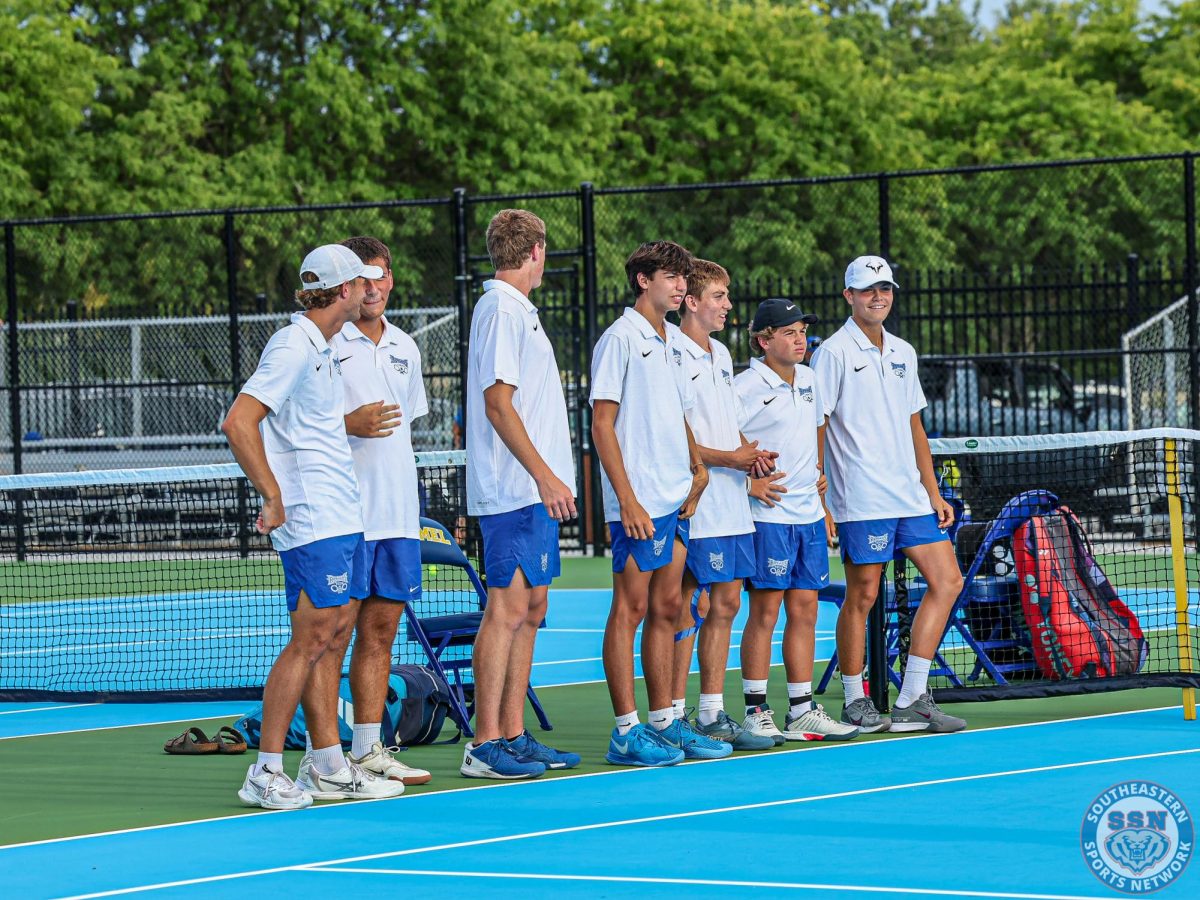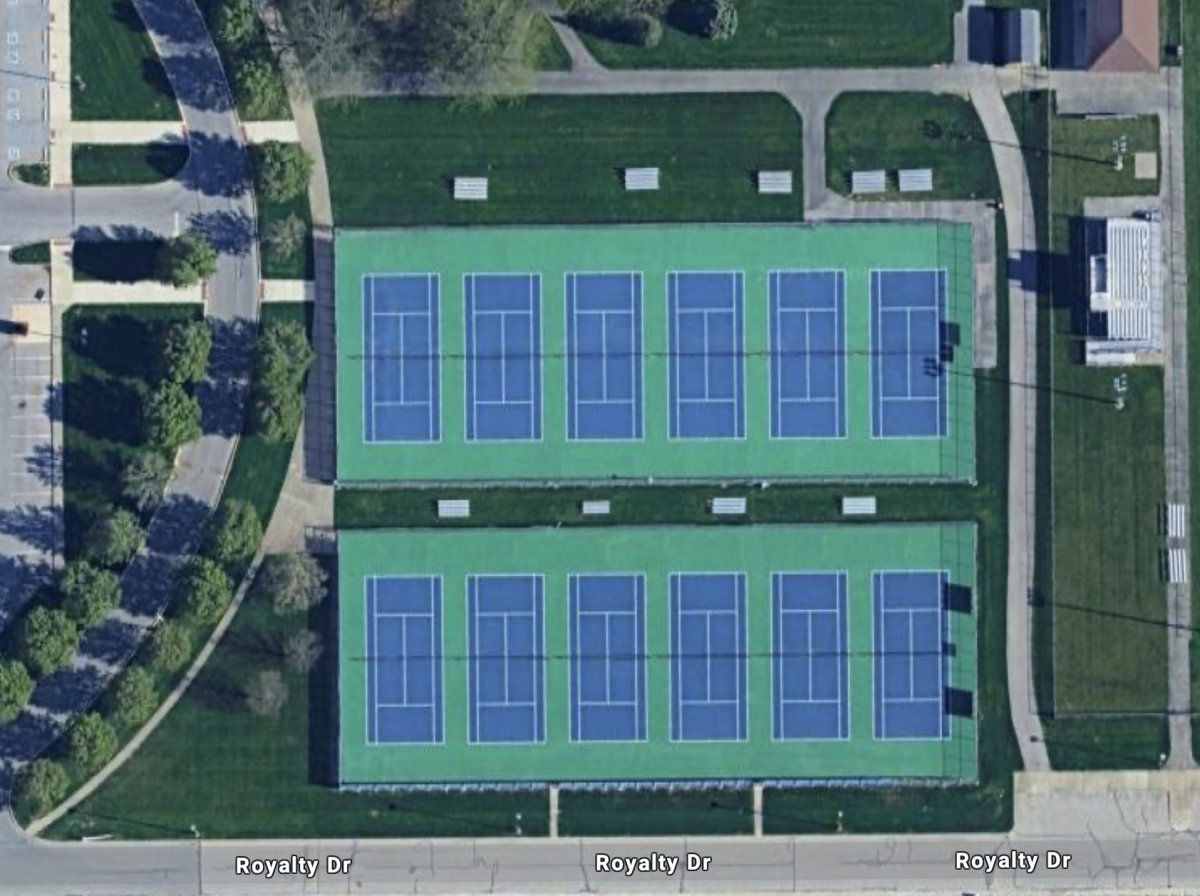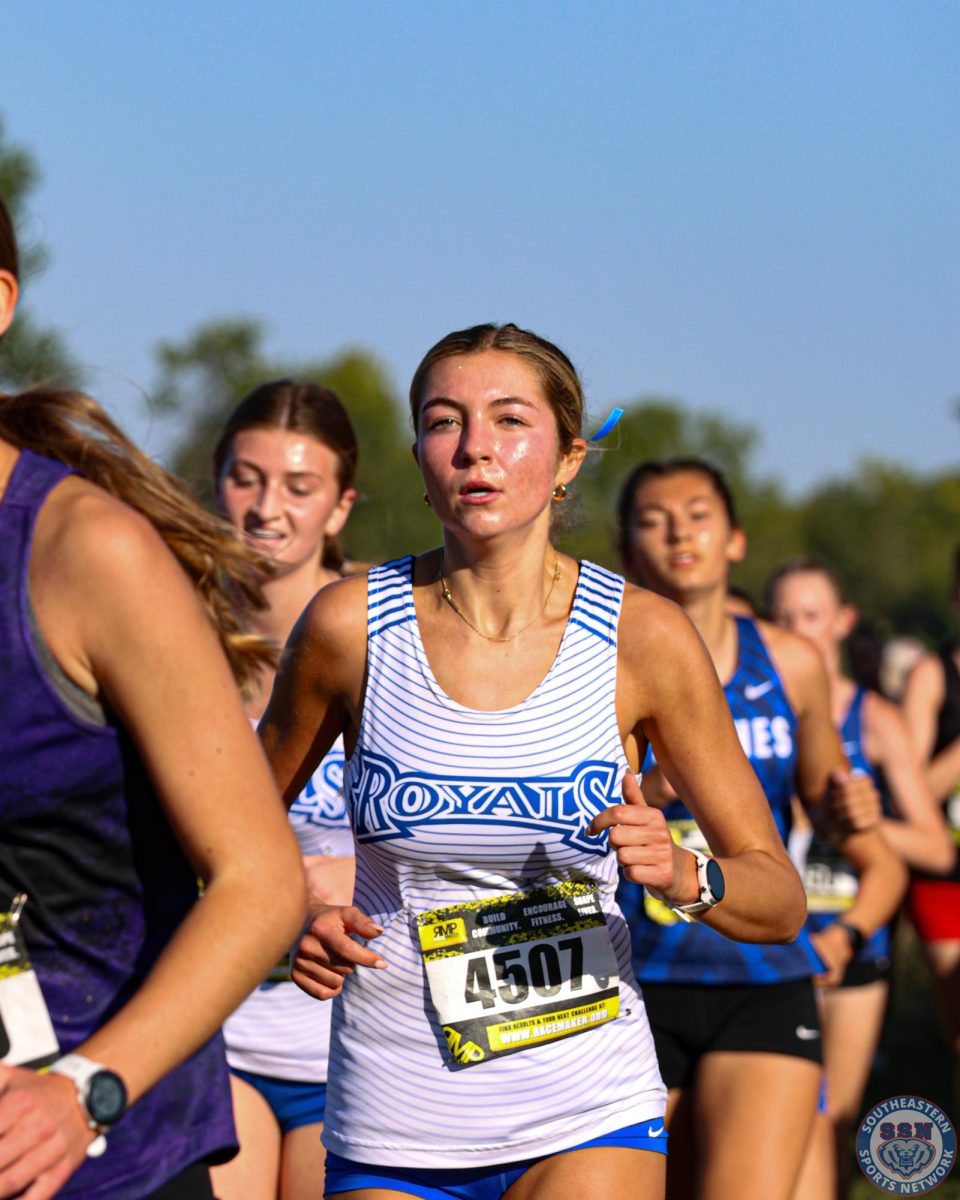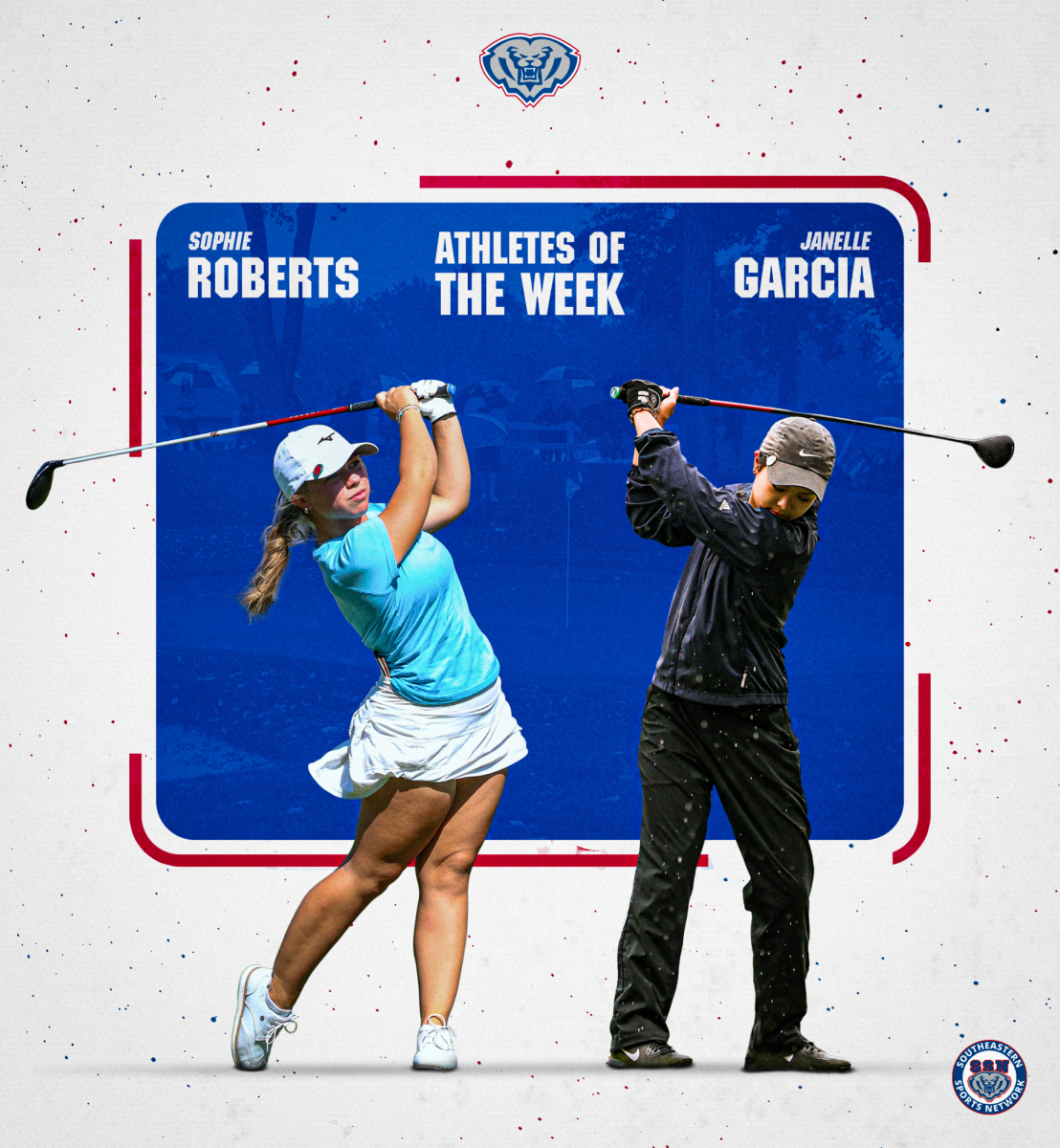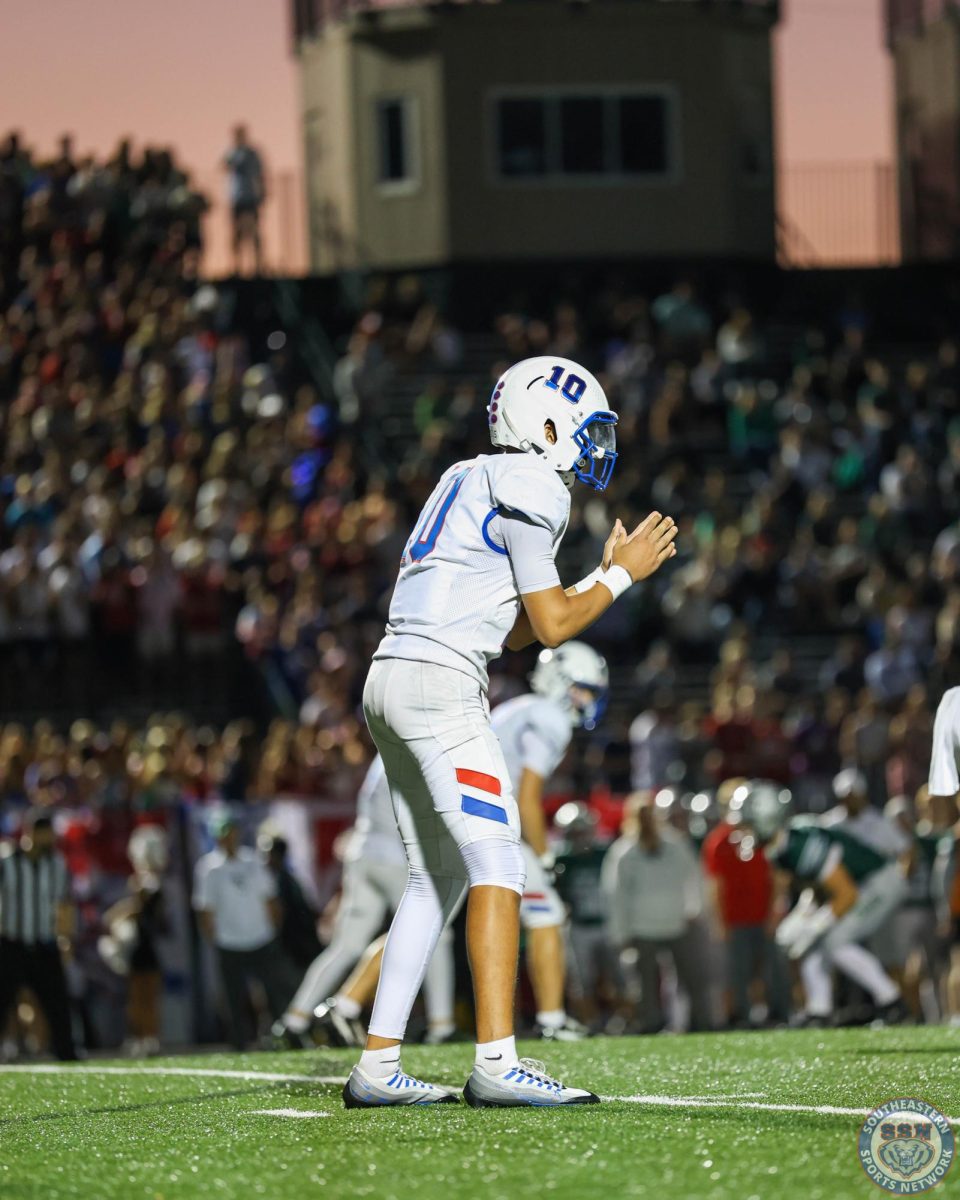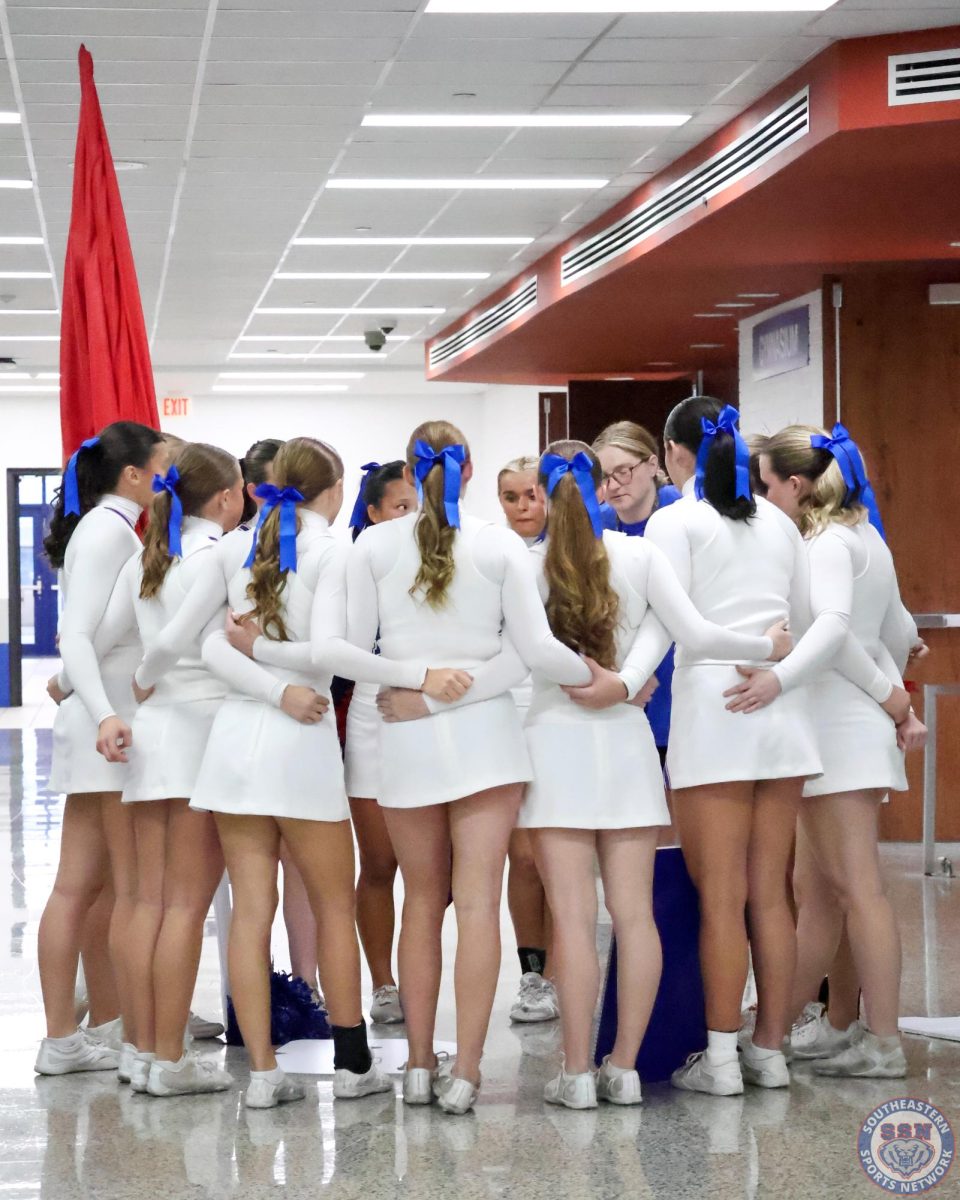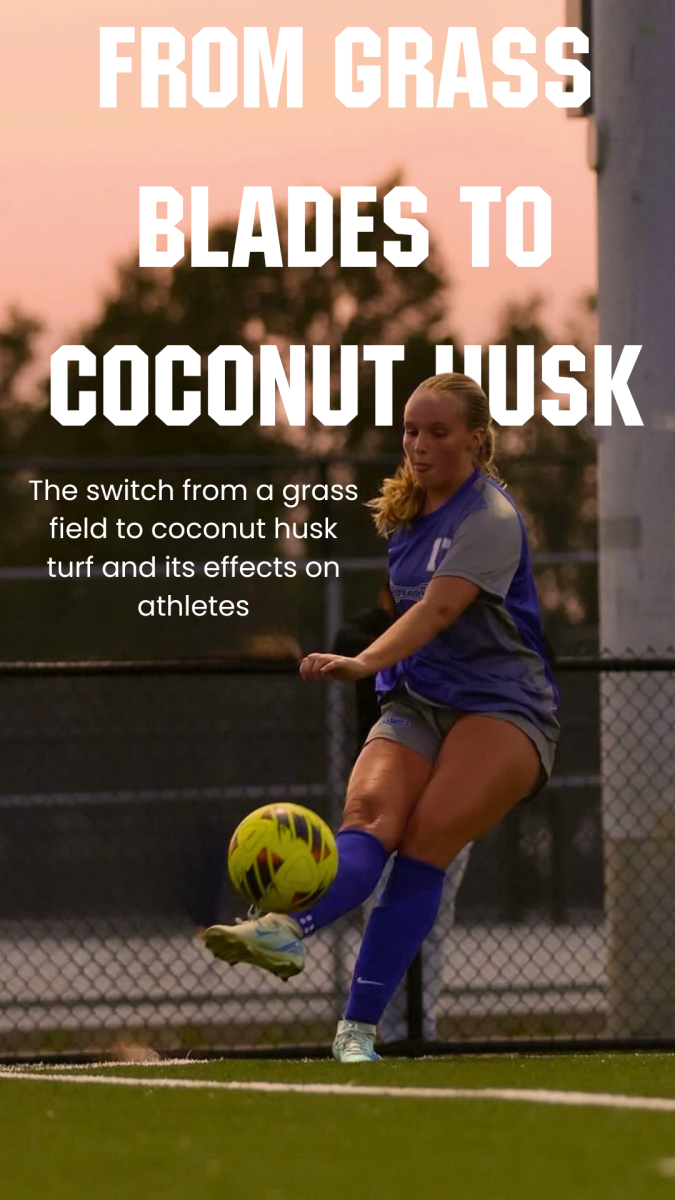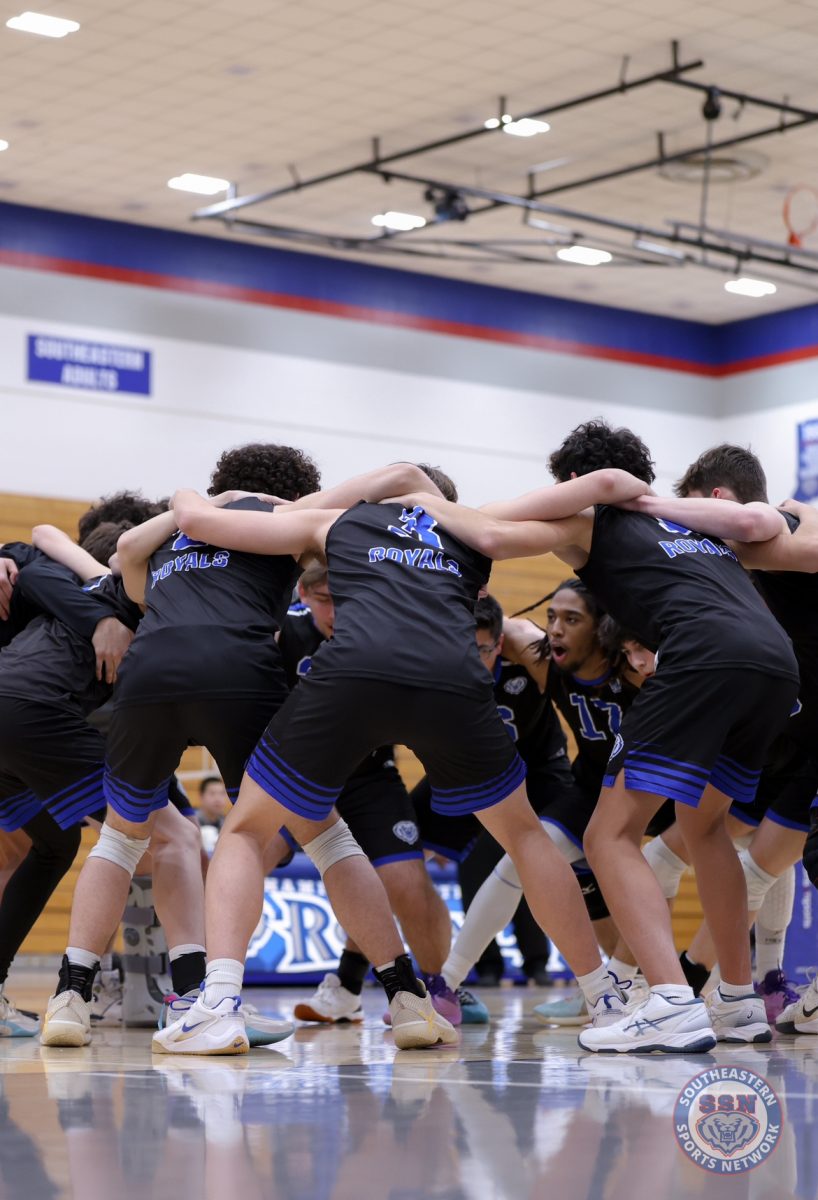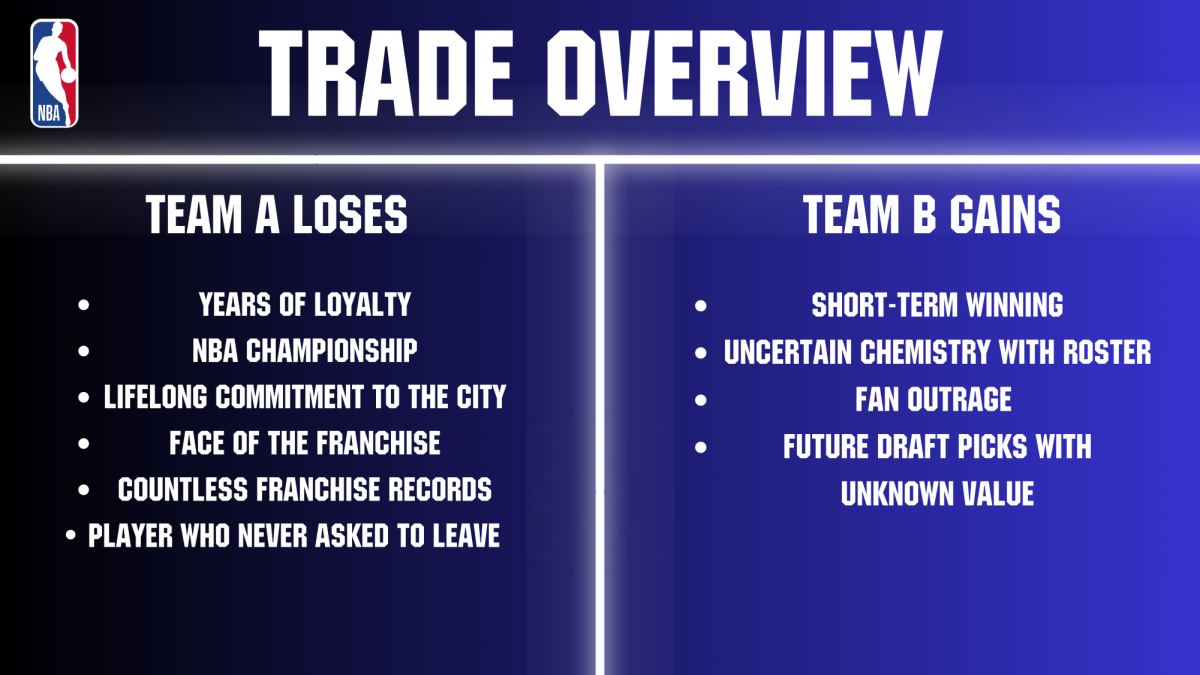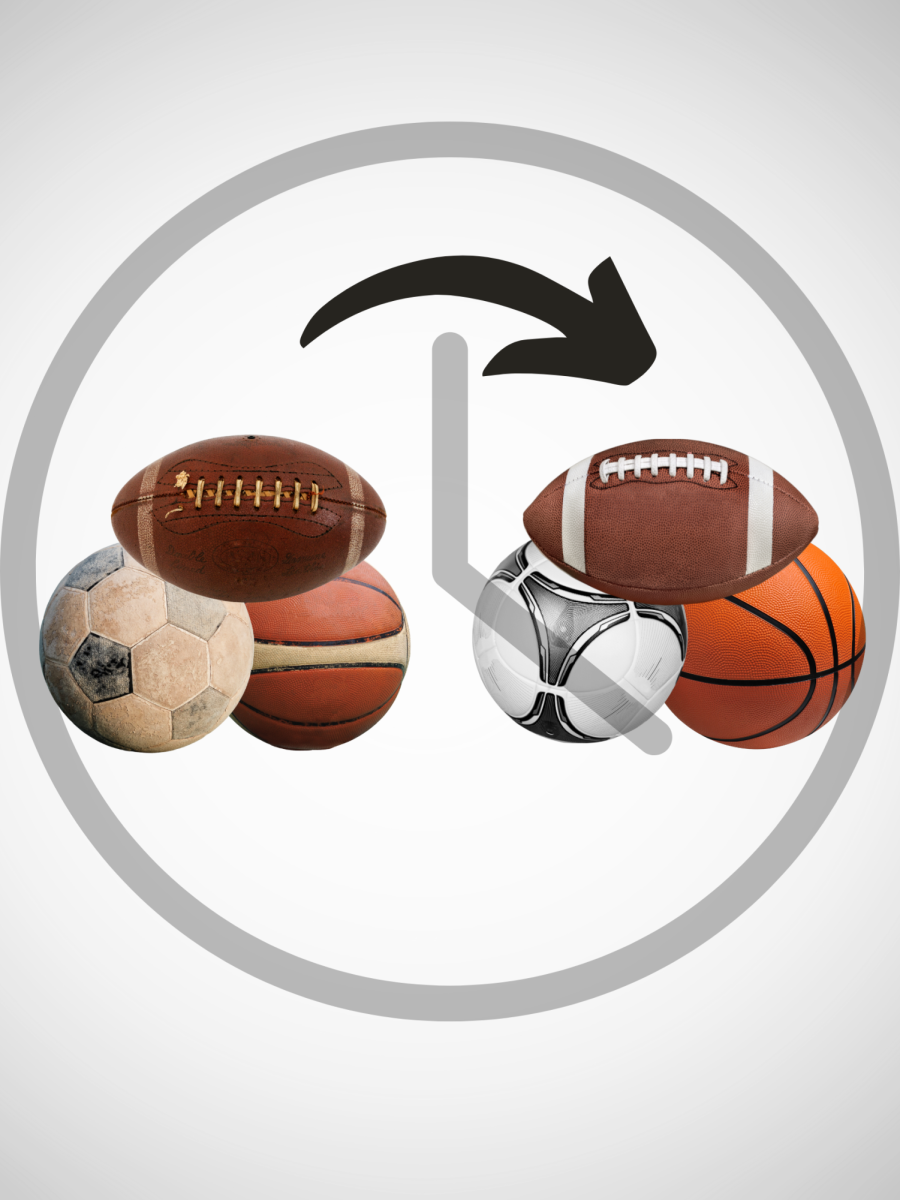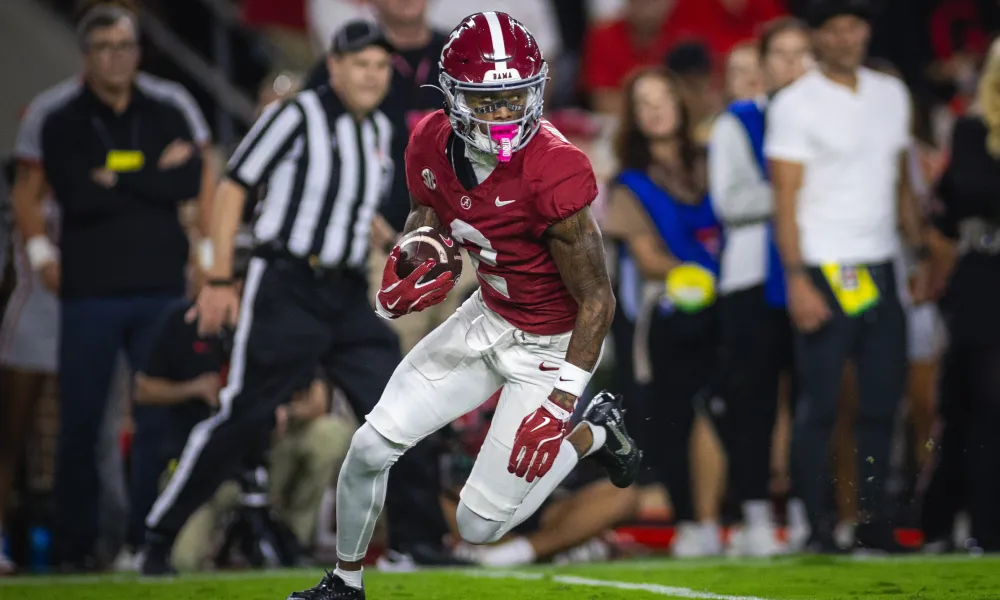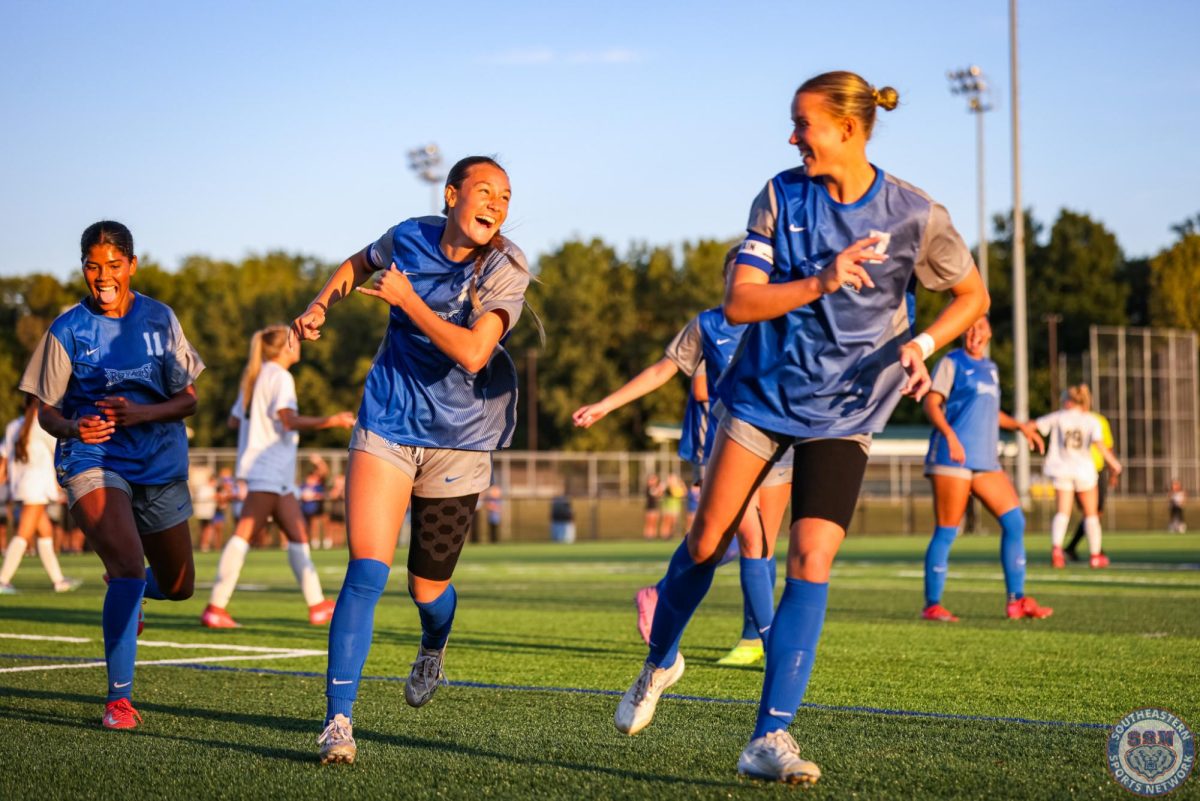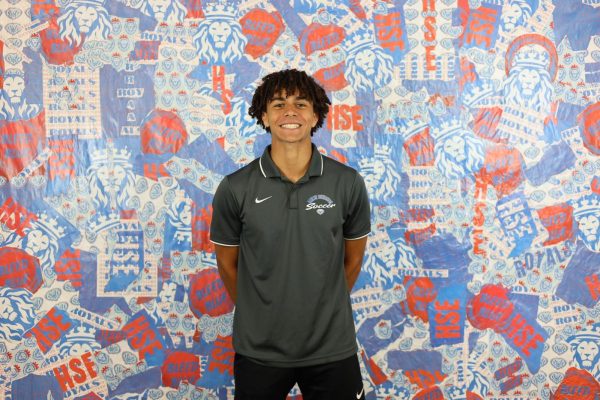Let’s say you make it. You actually did it. You’re playing Division One football. You had an incredible high school career, confidently being the best on your team and the biggest prospect to come out of your small city. You’ve poured your heart and soul into transitioning into life as a Division One athlete, navigating grueling practices and a drastically new environment where everyone around you is better and was also “that guy” in high school. You’re not the guy anymore, but instead, you’ve developed into a dependable role player. You’ve played a long, solid, and injury-free college career and are ready to do whatever it takes to have a great senior year in the 2024-2025 season.
After a challenging offseason, Alabama is one of the first games on the schedule. You prepare for the game like every other—though you don’t start, you stay ready to play your role. On the bench with several thousand people in the stands, the ball is kicked off. You watch from the sidelines as touchdown after touchdown breaks through your defense. After a rough game, your team loses. You take off your gear, check your phone, and find out the wide receiver Ryan Williams—who just led Alabama to a dominant win over your school—is 17. Seventeen. While you were battling through two-a-days throughout your college career, adapting to the Division One landscape, this kid was taking algebra one, couldn’t drive, and playing two other sports for fun.
Ryan Williams, a 6’1″, 180-pound wide receiver, is one of the most electrifying young talents in college football. But why is he not in high school? He was simply too good. A five-star recruit out of Saraland High School in Alabama, Williams was the first person to earn Alabama’s Mr. Football honors in back-to-back years. He also won Gatorade player of the year as a junior. In just three years of high school ball, he put up 187 catches, 3,254 receiving yards, and 47 touchdowns. These stats caught the eye of Alabama’s recruiters and Williams reclassified from the class of 2025 to 2024.
Despite high expectations, critics questioned whether Ryan could make an impact during his freshman year, given Alabama’s already talented roster. However, these doubts were quickly silenced. In his first college game against Western Kentucky University, Ryan made his mark with two catches that resulted in two touchdowns. The following week against the University of South Florida, he added another touchdown to his collection, followed by another strong performance against Wisconsin.
But it was his standout game against rival Georgia that truly put Ryan on the map. After Alabama built a commanding 23-point lead by halftime, Georgia clawed their way back, narrowing the gap to just 15 points. Then, with the game on the line and the momentum shifting, Ryan caught a ridiculous bobbling ball, reclaiming control for Alabama. With just over two minutes left and Georgia somehow leading 34-33, Ryan secured a 75-yard game winning touchdown over Julian Humphrey. He finished the game with six catches for 177 yards and a touchdown, extending his streak to scoring in every game so far this season.
As Ryan’s popularity skyrocketed, so did his name, image, and likeness (NIL) valuation. After this performance against Georgia, his NIL funds jumped from $786,000 to a staggering $1.5 million. This rise in valuation shows the growing trend in college sports, where talented players are capitalizing on their skills and marketability. While many argue about the implications of NIL deals on college athletics, it’s undeniable that they provide young athletes like Ryan with big opportunities.
At the time of this writing, Ryan has recorded 31 receptions, 649 yards, and seven touchdowns through six games. Though Alabama has faced challenges, including falling from the top-ranked team to 15th, Ryan’s youth and skill have been a joy to watch. So how good is Ryan Williams really? For this talented freshman, the sky is the limit.

